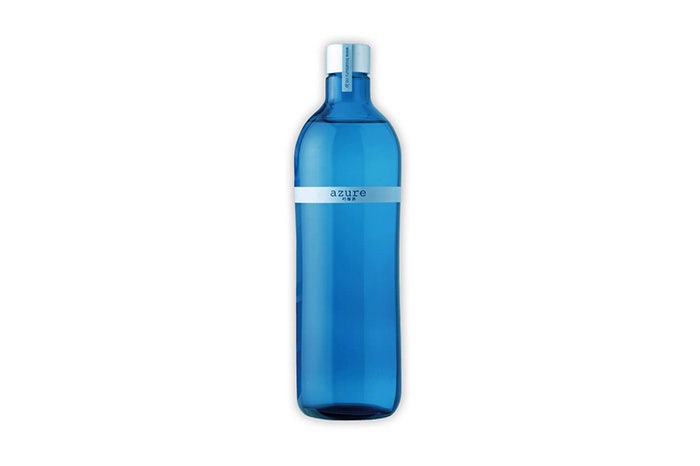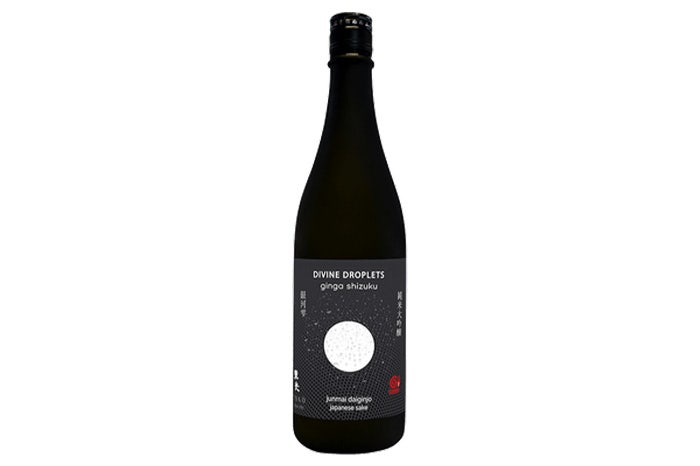You may have come across sake on the menu of your local Japanese restaurant or seen bottles start to pop up in your neighborhood spirit shop. If you’re unfamiliar with this fermented rice beverage, consider this your sign to get to know it better.
“Sake is both a drink and a window onto Japanese society,” writes Anthony Rose in Sake and the Wines of Japan. “In history, legend and ceremony, secular and religious, sake is the lifeblood of Japanese civilization. To delve into sake is to time-travel through centuries of ambition, grit in times of hardship, and outstanding imagination and achievement.”
It’s also downright delicious. Looking for a bottle? We tapped experts in the field to break down the basics and offer their favorite picks of the moment.
What Is Sake?
There’s a lot to learn about sake and what makes it what it is, but the simple answer is that it’s an alcoholic drink made from rice.
“Sake is a fermented rice beverage,” explains says Douglas Kim, master sommelier and MGM Resorts International’s executive director of wine. “It has similarities in the wine and beer world.”
Much akin to how wine is made using the natural sugars from grapes, sake is fermented using rice, which has no natural sugar, adds Dean Fuerth, beverage director at New York City’s Sushi Nakazawa. But even though it is often called “rice wine,” it isn’t wine at all.
“It’s referred to as ‘rice wine’ outside of Japan, usually for legal importation reasons, but it is in fact a brewed beverage,” Fuerth says. “It’s made in a unique process called multiple parallel fermentation, which is more closely related to brewing beer than fermenting wine, and thus the beverage deserves its own classification.”
Sake’s production process involves steaming rice and, with the help of yeast and koji spores, fermenting it. The key to quality sake is using the best ingredients.
“If you are interested in sake, take a look at the back label. Many sake labels have a lot of great information about the sake to help you decide,” offers Kim. “I also recommend visiting restaurants that have a great sake list and have the sommelier guide you to a flavor profile and style you may like.”
What Are the Different Types of Sake?
There are a few main types of sake, and they typically reference the level of polishing the rice used has undergone. Rice is polished at the beginning of the sake brewing process because proteins on the outside of the rice may impact the flavor of the resulting wine, Kim explains.
Ginjo has 40% of the rice grain polished away, while for daiginjo it’s 50%. Sometimes, the word “junmai” is added—junmai daiginjo, for example. This “means no brewer’s alcohol was added,” Kim says. “This is a stylistic choice by the brewer and does not necessarily equate to quality.”
On its own, junmai contains only only four ingredients: rice, water, yeast and koji. These work together to convert starch to sugar. Typically, 70% of the grain remains.
Additionally, though sake brewing traditions go back thousands of years, new technology and even new variations (like kosher sake) have emerged in recent years.
Best Sake Bottles to Try
Dan Junmai
“They use two different rices with snow-melted water from Mt. Fuji. It’s light and dry with grapefruit and peppery taste notes,” says Marie Tanaka, a bartender at Sake Bar Hagi in New York City. “The balance of the extract flavor of rice and aroma is perfect for any type of seafood, especially sushi or sashimi. Also, I recommended to drink as a warm sake, too.”
$46.00 Tippsy SakeBorn Gold Muroka Junmai Daiginj
Azure Ginjo
“Kochi Prefecture always has interesting sources for brewing sake. The Azure uses deep ocean water to make the sake,” Tanaka says. “It’s super clean and refreshing with a little dryness at the end. It’s very easy to drink even for a beginner. It goes well with a variety of foods.”
$38.00 Tippsy SakeYuki No Bosha Yamahai Junmai
“Yuki No Bosha has a mellow and elegant taste. Many sake drinkers are surprised that this is a yamahai”—a style of sake that allows lactic acid to develop on its own—”because it doesn’t have that gamey flavor that most do. However, it still has that yeasty and umami quality of yamahai,” says Yuri Itakura, co-owner of Sake Bar Decible.
$42.00 Tippsy SakeYuki Otoko “Yeti” Junmai
“It’s a classic dry sake inspired by local lore. Yuki Otoko is the bigfoot of Niigata,” explains Cho Shintaro, co-owner of Sake Bar Decible in New York City. “It’s said to haunt the mountains and occasionally help travelers through the mountain trails. An excellent intro to classic Niigata sake.”
$29.99 Gary's WineSohomare Tokubetsu Kimoto Junmai
“[This is a] contemporary rendition of ancient kimoto style. It has a lot of soul with plenty of acidity and ample umami—all in perfect harmony. Made with Yamadanishiki, Japan’s finest sake-brewing rice,” Itakura says.
$34.01 The Whisky ExchangeNiwano Uguisu Junmai Daiginjo 45
“The two dominant words used at the brewery to describe the sake of Niwano Uguisu are ‘juicy’ and ‘fresh.’ This junmai daiginjo sake is round, well balanced and fruity with a very clean finish,” says Shintaro.
$ Varies Wine-SearcherYuki No Bosha Junmai Ginjo
“There are a lot of great sake selections, but the first few that come to mind are the bottles I first enjoyed when learning about sake,” says Kim. “This sake has a beautiful cherry aroma.”
$48.00 Tippsy SakeGinga Shizuku Divine Droplets, Junmai Daiginjo
“This sake is one of my favorites because it has an extremely pure taste that is delicate and complex at the same time,” Kim says.
$73.99 Total Wine & MoreIWA 5
“Recently, I was able to try IWA 5 Junmai Daiginjo, which is a must-try sake for any sake enthusiast,” says Kim. “This sake is made by the former chef de cave at Dom Perignon, Richard Geoffroy. He has a unique viewpoint on sake, specific to the blending process and finish.”
$195.00 Tippsy SakeKokuryu Black Dragon Junmai Ginjo
“Based in Fukui, they grow their own rice, use incredibly pure water sources and their entire lineup is composed of clean, elegant, bright and fresh styles of sake,” says Fuerth. This bottling is “crisp, rice-driven, delicately umami and balanced in texture,” he adds.
$33.19 Tippsy SakeKamoshibito Kuheiji
FAQs
Should You Drink Sake Cold or Hot?
“Typically, premium sakes will be served chilled to preserve the delicate aromas,” Kim says. “Sake was traditionally served warm to hide some of the flaws, but ultimately, it can be worth experimenting the drinking of sake at different temperatures. You will get a different experience in texture and aromas based on the temperature.”
Fuerth agrees that like a nice bottle of wine, warming sake may cook off some of its more detailed nuances. That said, he notes that like any alcohol, you should “drink what makes you happy.” Looking to experiment more with sake? Try a sake cocktail.
How Is Sake Made?
Similar to how other fermented beverages are made, sake is made from the starch of rice that is converted into sugar, Kim explains. The sugar is then fermented into alcohol.
Last Updated: June 6, 2023


























